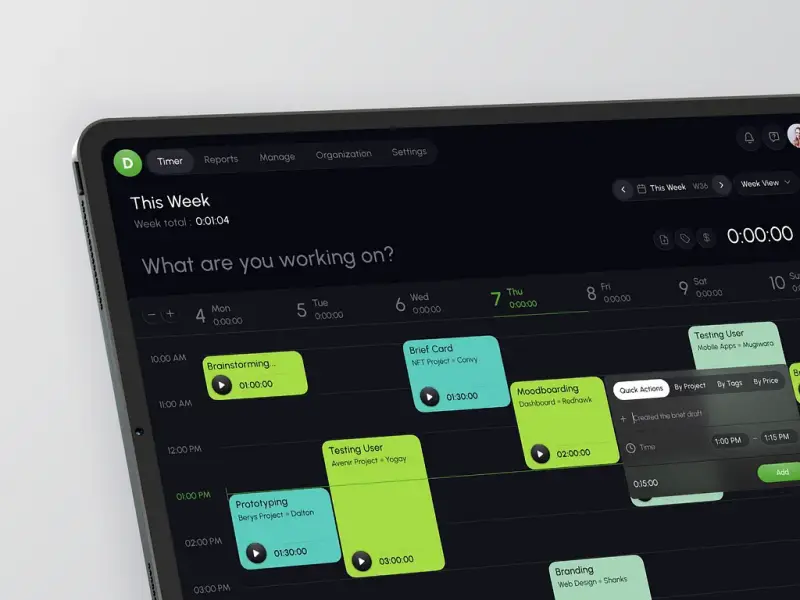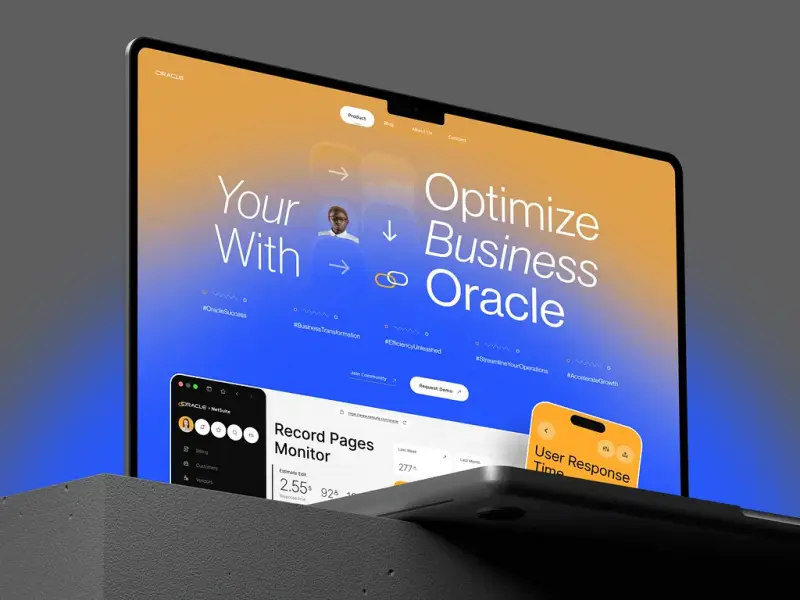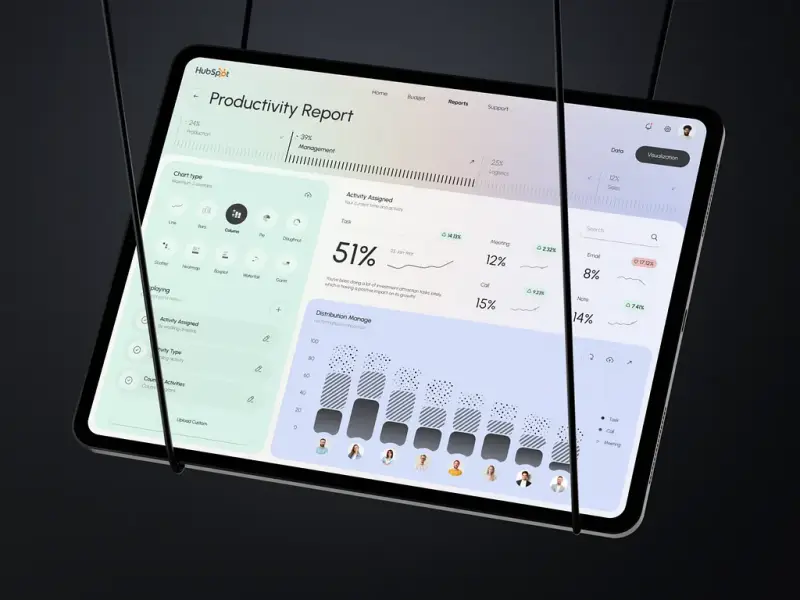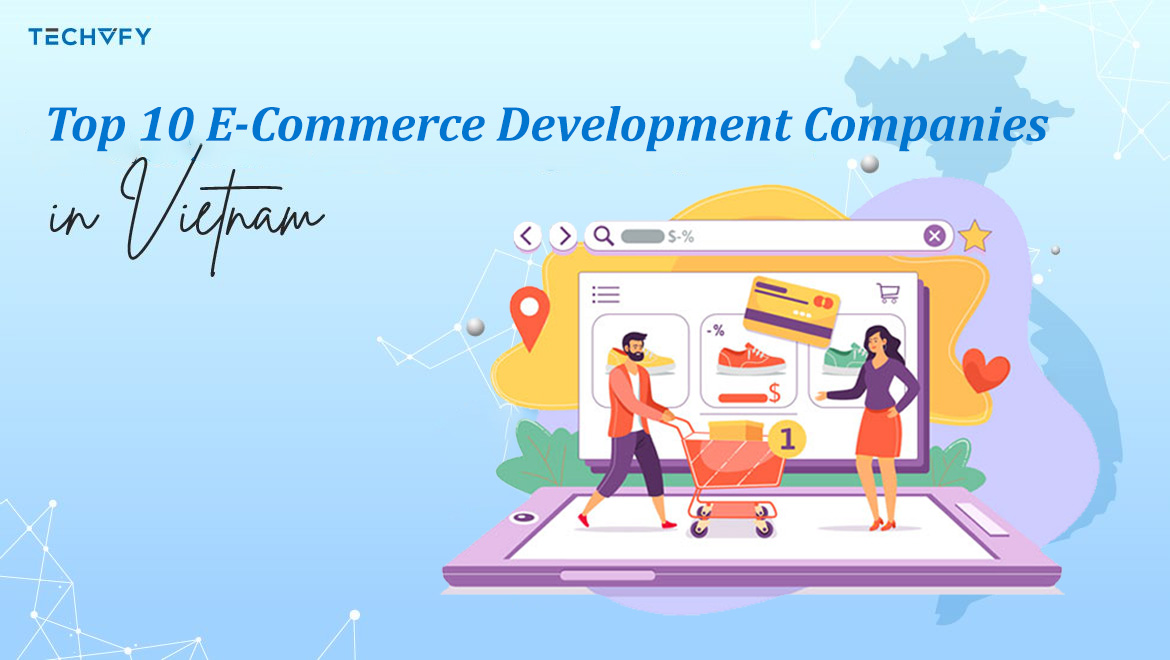Software Development Agreement Checklist
- TECHVIFY Team
- August 26, 2022
- Knowledge, Guides
- 0 Comments
Every software development business calls for a well-rounded contract to maintain effective collaboration among the vendor of the outsourcing team and stakeholders. A good software development agreement checklist helps you avoid disputes and includes relevant terms for the security and privacy of services.
This agreement checklist is also necessary for the software development team during the payment process and resolving problems arising in client relationships.
General Infomation
A well-written software partnership agreement includes the parties’ legal obligations, rights, and responsibilities. This checklist also aids in mutual expectations made clear and improving communication from the start of the collaboration.
A software development agreement checklist shows the client’s requirements, period of time for finishing and delivering the product, maintenance, warranties, intellectual property, distribution rights, and payment terms for the outsourcing company.
Software Development Checklist
Usually, the first parts are the place to define the scope of services as well as specifications. These clauses will typically begin with the parties’ agreement that the client will hire software engineers and offer development services following the terms of the software development contract.
The checklist should be customized for the unique work and suitable for each firm’s development. Make sure your templates are set up to make it simple to make changes to critical elements that may occasionally change, including costs, requirements, and more.
Software Development Specifications
Check other parts of the software development agreement, and you will see more specific concerns, including a detailed list of development specifications, the use of open-source software, and more.
Depending on custom software development contracts, you will consider segmenting the specification into various phases linked to payment milestones and timelines.
Learn More On:
Acceptance Testing
An acceptance test is necessary for the client to review the work product and approve a deliverable for the specific phase or the entire project.
Other factors to consider include:
- Acceptance testing on each significant step.
- Payment is conditional on the completion of testing.
- The procedure for carrying out, overseeing, and recording acceptance testing.
- Timelines for when the client does the testing.
Source Code Escrow
The parties might want to consider a source code escrow provision, depending on the extent of software development and the time required for the development process. A source code Escrow agreement would need to be signed by the developer, and the parties would choose a third-party Escrow agent.
Escrow facilitates negotiations, controls risk for both parties, and allows for the secure storage of crucial materials in one area. It keeps your company from being able to independently and prematurely utilize the resources before payment or the project’s completion, which benefits the developer. It also reduces interruptions of support services for the client by allowing contents to be assigned to or made accessible, regardless of whether the developer goes out of business or breaches its agreement-related commitments.
Software Development Agreement Checklist
Intellectual Property Rights
Make sure that any background technology the developer uses falls under the purview of the developer’s intellectual property rights if they use any unique background technology in the development. You should be clear that these rights are only granted through a license if you are the developer.
Pricing and Payment Terms
You could segment the specification into phases and connect the stages to payment milestones and deadlines, depending on whether you’re the developer or the client. Usually, you will want to consider including a clause stating that time is of the essence if you’re the client.
By contrast, if you’re a software development vendor, you might want to include a standard customer delay provision. These states that you are not responsible or liable for delays or missed deadlines as a result of the client’s delaying or failing to meet its obligations under the contract.
The parties agreed to follow this approach in the original contract. The changes in scope, price changes, and implementation timetable should be mentioned in the appendix, revising the agreement. Don’t forget to include the day the modifications are to take effect.
Support Provisions
Determine what support and upkeep will be offered when the development is finished and distributed. A time and materials contract, in which an agency gets paid for the time needed to support, is a popular choice. Your service agreement may include some free support provisions. If you intend to incorporate assistance clauses in your contract, you should think about the matters below:
- Support channels: phone, email, or in person.
- Types of issues supported.
- Situations where support services are charged.
Software Development Agreement
Warranties and Indemnities
Ensuring software will not infringe third-party copyright is one of the significant elements during development.
This is equivalent to the developer stating that they did not steal any software from a third party to create what they are giving you.
In addition to a guarantee, the client should ask the software provider for an indemnity to protect your company against future third-party infringement claims, despite any warranties they may have offered.
Security
The software development agreement checklist can also address if the program is updated for compatibility with the subsequent operating system versions and for making changes to the system after it has been installed.
It may also be essential to establish ahead of time:
- How do the client and developer handle and store confidential data?
- Obligations of confidentiality for the client and provider with software security and unauthorized use of data.
Termination of Collaboration
The termination clause will often outline the process and length of notice for terminating resources working on your project and the entire contract. It is best to conclude an agreement in writing.
Dispute Resolution
A software development contract’s governing law and dispute resolution are also crucial. Although the goal of a software development agreement checklist is to prevent disagreements from ever arising, this is not always possible. Therefore, ensuring that differences are addressed successfully is a crucial goal.
Conclusion
It is essential to draft and sign a software development agreement checklist that explicitly outlines the significant terms and conditions of collaboration between the parties to provide the groundwork for a robust relationship between the provider and client of software development services.
The fees for the services and the frequency of payments from the client should be specified in the contract. The contract should also define and regulate the transfer of intellectual property rights in the software application.
Ultimately, the agreement should indicate the applicable law and dispute resolution mechanism. These fundamental clauses aid in mutual expectation clarification, conflict avoidance, or conflict resolution in specific circumstances.
TECHVIFY – Global AI & Software Solution Company
From Startups to Industry Leaders: TECHVIFY prioritizes results, not just deliverables. Accelerate your time to market and see ROI early with high-performing teams, AI (including GenAI) Software Solutions, and ODC (Offshore Development Center) services.
- Email: [email protected]
- Phone: (+84)24.77762.666







